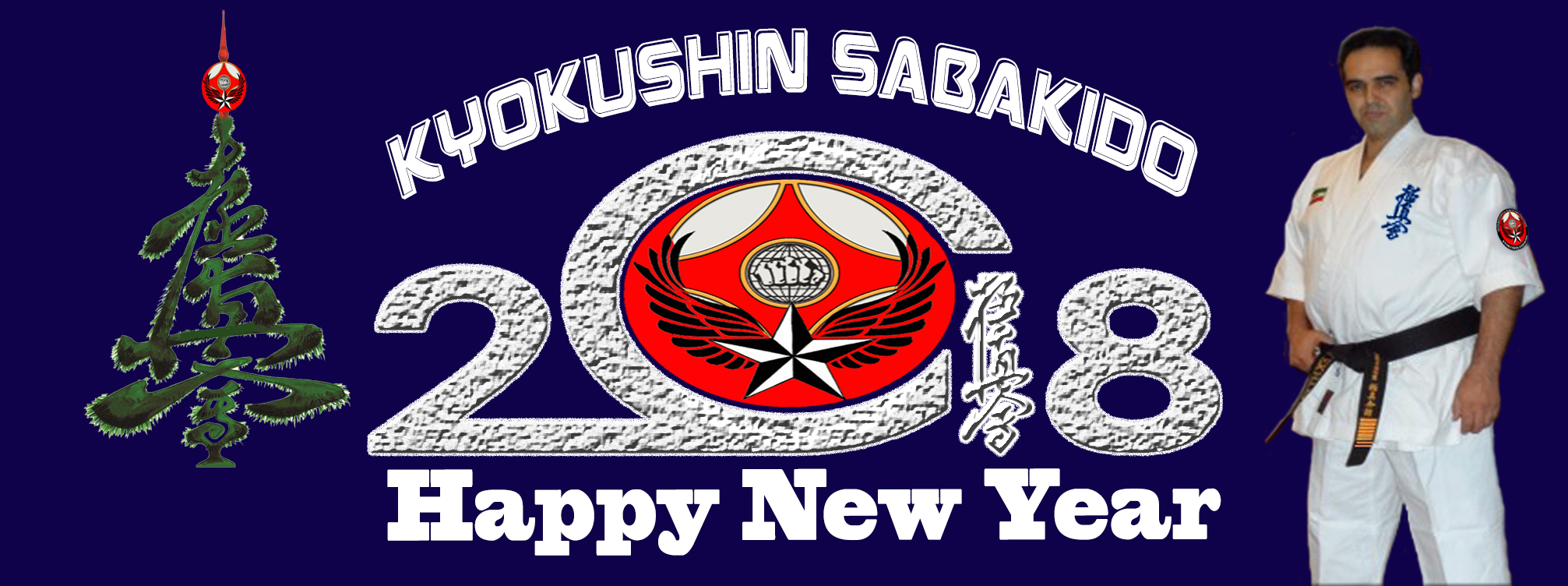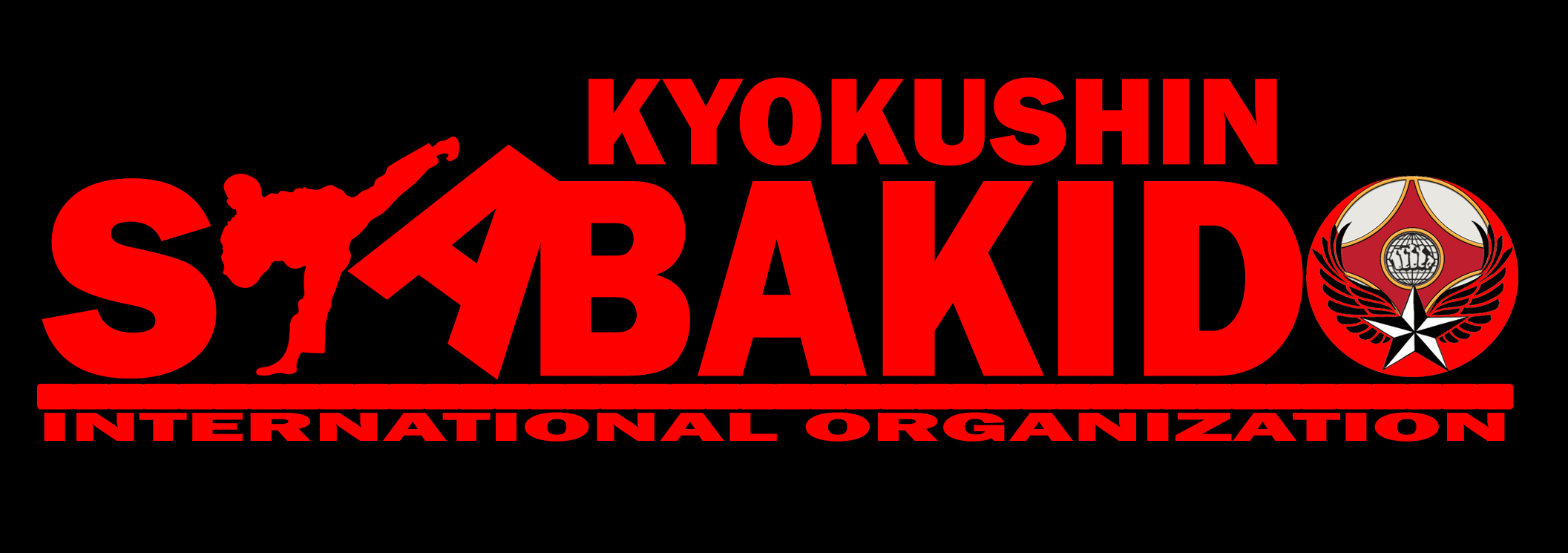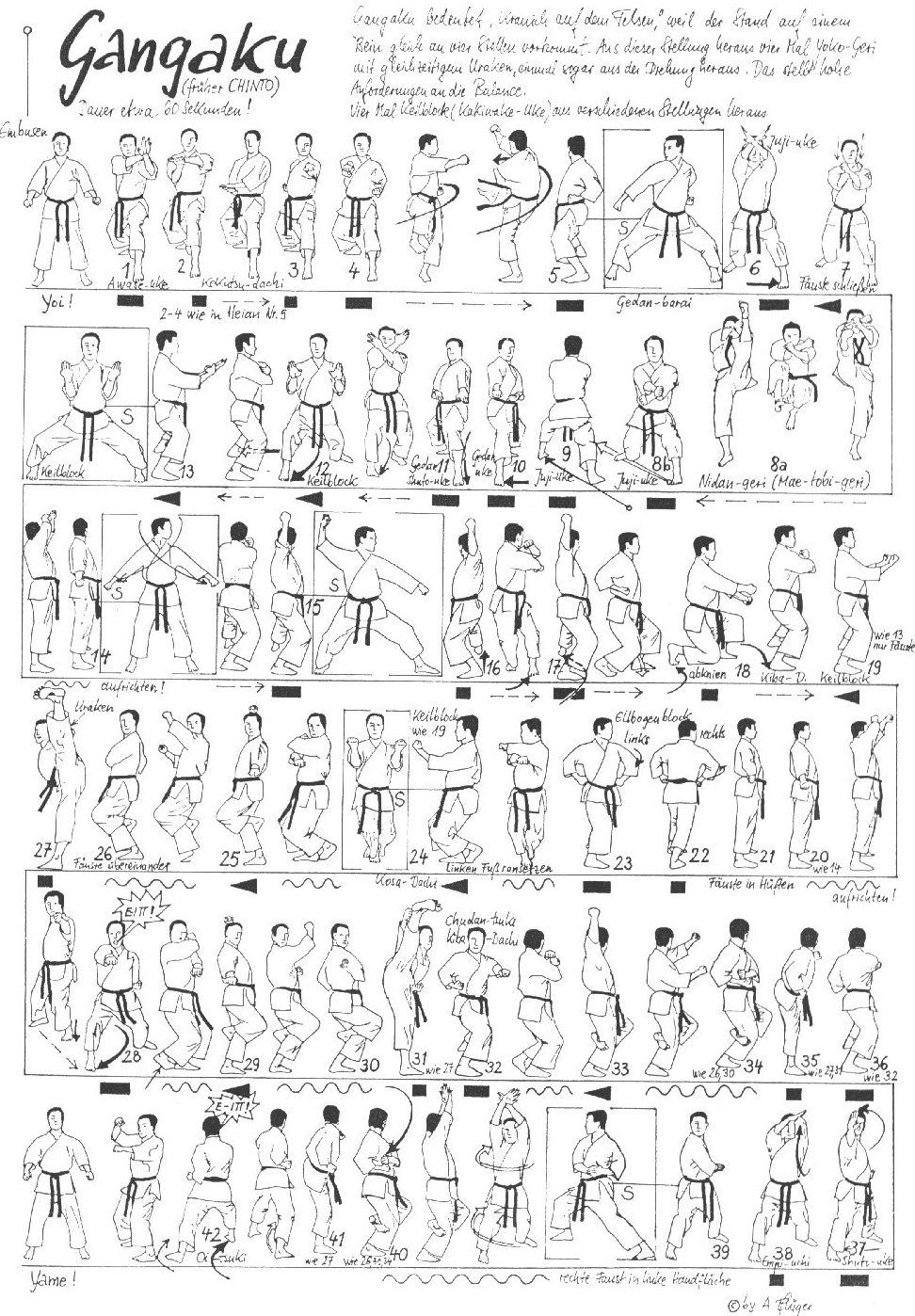
And I kept stretching, and then I've gone, 'Oh no. Then Sensei Suzuki said, 'Bill, Kancho is here'. I was running our team through a stretching routine, and this guy was standing there in jeans and a T-shirt, watching us. "There were black belts walking into the hall all the time, and we were expecting Kancho to be dressed in a tie and jacket. Hidenori Ashihara with Sensei Suzuki's son.
Shotokan vs sabaki full#
Realizing what an honour this would be, Bill had his team of twenty students exercising in their full national uniforms, while they waited for Kancho's arrival. One evening, Bill was told that Kancho Hideyuki would be dropping by the dojo the next day to pay the Australian team a visit. This continued every day for three days, with Bill's team training, dining and sightseeing as guests of the Japanese Ashihara practitioners.

The next morning, the Australians woke up to find the ten-car motorcade waiting for them again. The Australians were then taken out for dinner, but were not allowed to pay a cent towards the bill. On walking outside, Bill's students discovered a motorcade of ten cars parked in the road, with a black belt behind the wheel of each car. The Japanese didn't speak much English, and none of us spoke Japanese, but at the end of the lesson, I asked if we could take them out for a drink to show our appreciation and they said, 'Yes. The phone calls continued throughout the class, and there was a constant stream of black belts walking in and out of the hall. "All through the class, the Ashihara instructors were making phone calls, and then Sensei Suzuki came down to welcome us to the dojo. Then I saw an Ashihara poster on a pole, so, with our team all dressed in their Australian uniforms, I took them to the Ashihara gym that night, and asked the black belt instructor if we could train with them. "We travelled all around town, and there were plenty of places that taught martial arts, but the dojos were run in a very close-knit manner, and did not welcome outsiders. (left to right) Dai Sampai Darin Henry, Sampai Kondo Tetsuo, Kancho Terupe, Sensei Yoshitsugu Suzuki & Bill Wakefield.Īustralian 5 th Dan Karate instructor, Bill Wakefield, remembers being in Japan in 1995 for a Shotokan Karate tournament, when, due to the turmoil of the Kobe earthquake, his team of twenty students was desperately searching for a place to train. Today, Kancho Hidenori is twenty-three, and because of their respect and admiration for Hideyuki, his men still remain loyal to Hidenori. So he called together his most loyal students, such as Sensei Suzuki and Shihan Yuasa, and asked them to help guide his son until he was old enough to become Kancho. We also incorporate a lot of deflecting the attacker's strikes and ground-fighting," says Suzuki.īefore Hideyuki died in 1995, he realised his adolescent son Hidenori Ashihara was too young to become the new Kancho. Whereas, in Ashihara, we tend to move more like the Queen, moving in circular motions, and attacking from all angles.

The moves were too regimented its practitioners mainly just moved forwards and back, facing their opponent head on – like the King in a chess match. "At a young age, I took up Kyokushin, but at fifteen, our whole Kyoto club made the change to Ashihara Karate to support Hideyuki Ashihara and his new style, because we believed that Hideyuki realised some of the limitations of Kyokushin. Sensei Yoshitsugu Suzuki was one of Hideyuki's most senior students and made the transition to Ashihara with Hideyuki.

In 1979, Hideyuki departed from Kyokushin Karate to pursue his contemporary style of Karate, and, in 1980, opened the New International Karate Organisation – Ashihara School, establishing himself as Kancho (headman).
Shotokan vs sabaki movie#
Hideyuki called this system of combat, where defence and offence are combined, Sabaki, which he documented in the movie "The Strongest Karate". Shihan Hideyuki was renowned for his ability to avoid an opponent's head-on striking power, by moving to the opponent's blind side, and counter-attacking.

It was founded by Hideyuki Ashihara, who trained in Kyokushin Karate for twenty years, before formulating the more street-orientated discipline of Ashihara, which counter-measures Kyokushin techniques. (previously published in FIGHT TIMES magazine)Īshihara Karate was developed in 1980 out of the necessity for a style of Karate that would be effective in today's society. Sensei Suzuki (left) with Ashihara, founder Hideyuki Ashihara.


 0 kommentar(er)
0 kommentar(er)
